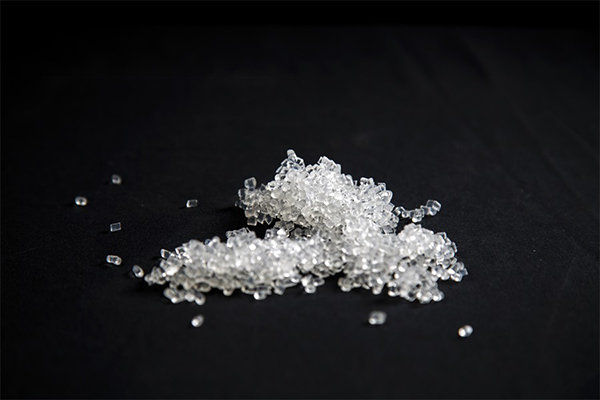As the global hydrogen energy market continues to evolve, hydrogen fuel cell passenger vehicles (HFCVs) are gaining traction as a promising alternative to traditional internal combustion engine vehicles and battery electric vehicles (BEVs). However, the development of hydrogen fuel cell cars faces several challenges. According to recent insights shared by major global automakers at the 2024 International Hydrogen Fuel Cell Passenger Vehicle Technology Forum held in Chongqing, China, there is increasing optimism about the potential for hydrogen fuel cell technology in the automotive sector.

In the forum, industry leaders discussed various technological advancements and highlighted the role of proton exchange membranes (PEMs) as a critical component in hydrogen fuel cells. These membranes are essential for the electrochemical reactions that generate electricity from hydrogen, making them key to achieving efficient, long-lasting hydrogen fuel cell systems.
Challenges in Promoting Hydrogen Fuel Cell Passenger Vehicles
Despite the significant promise of hydrogen fuel cell technology, the production and adoption of hydrogen fuel cell passenger vehicles are not without challenges. Currently, the global market for hydrogen fuel cell vehicles remains limited. In China, for example, only 477 units of fuel cell passenger vehicles were sold in 2023, with sales dropping to just 23 units in the first nine months of 2024. Key difficulties include the high costs of fuel cell systems, the limited infrastructure for hydrogen refueling stations, and the relatively high price of hydrogen fuel.
However, as hydrogen fuel cell systems continue to evolve, costs are expected to decrease significantly. According to Shang Hai Jie Hydrogen Technology, if fuel cell vehicles reach a production scale of 100,000 units, the cost per vehicle could be comparable to that of battery electric vehicles. Currently, the cost of fuel cell systems is about 3,000 RMB per kilowatt, but with economies of scale, this could drop to 700 RMB per kilowatt at the 100,000-unit level.
The Role of Proton Exchange Membranes in Reducing Costs
Proton exchange membranes (PEMs) are essential for reducing the overall cost of hydrogen fuel cell vehicles. As manufacturers develop more efficient PEMs, the performance and cost-efficiency of fuel cell systems improve. With the scaling up of production, PEM technology has the potential to lower fuel cell costs by up to 70%, making hydrogen fuel cells a more viable option for the mass market.
The cost-effectiveness of PEM-based hydrogen fuel cells is particularly important in the context of fuel cell passenger vehicles. As the demand for these vehicles grows, particularly in cold weather regions where their performance is superior to that of battery electric vehicles, the demand for proton exchange membranes will likely increase, driving both the hydrogen vehicle market and the fuel cell technology industry forward.
Promising Market Opportunities in International Trade
For proton exchange membrane manufacturers, this trend offers significant opportunities in international markets. As automakers accelerate the development of hydrogen fuel cell passenger vehicles, the need for high-quality PEMs will continue to rise, creating a growing market for fuel cell components worldwide. Exporting PEMs to countries with burgeoning hydrogen vehicle markets such as Japan, Germany, and South Korea could provide manufacturers with a substantial growth opportunity.
At the same time, the success of hydrogen fuel cell vehicles is heavily reliant on the expansion of hydrogen refueling infrastructure. For proton membrane producers, partnering with energy companies to develop hydrogen refueling stations and advancing the hydrogen economy as a whole could further boost demand for PEMs and other key components of fuel cell systems.
Key Recommendations for the Future
To drive the adoption of hydrogen fuel cell vehicles, experts have recommended establishing hydrogen fuel cell vehicle demonstration cities and accelerating the construction of hydrogen refueling stations. By focusing on regions with cold climates and high demand for fuel cell technology, governments and businesses can help build a more favorable ecosystem for the mass adoption of hydrogen fuel cell cars.
In conclusion, as the hydrogen economy grows, proton exchange membranes (PEMs) will play a critical role in the development of hydrogen fuel cell passenger vehicles, making them a crucial area of focus for both the automotive industry and fuel cell manufacturers worldwide. By continuing to invest in innovation and scaling up production, the PEM industry can contribute significantly to the success of fuel cell vehicles in global markets.




